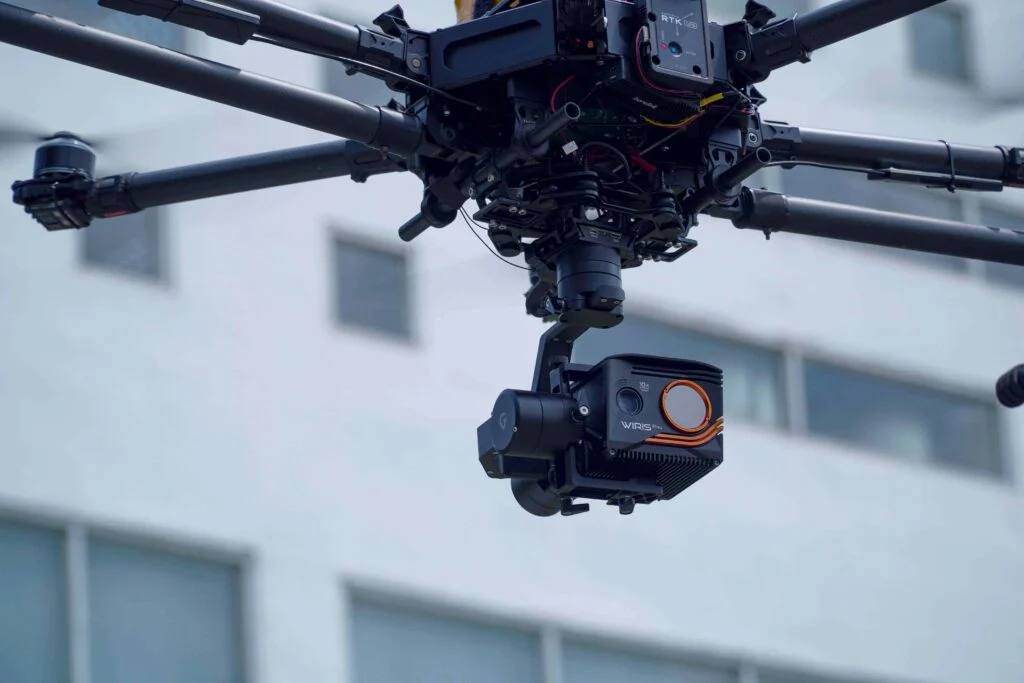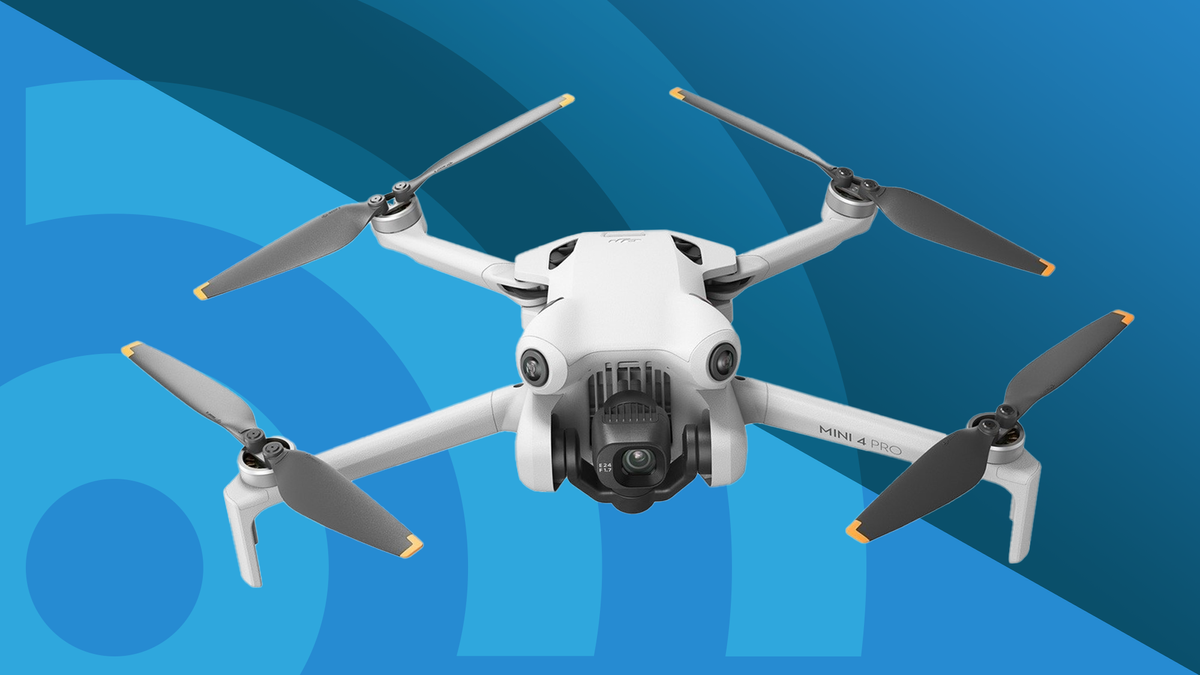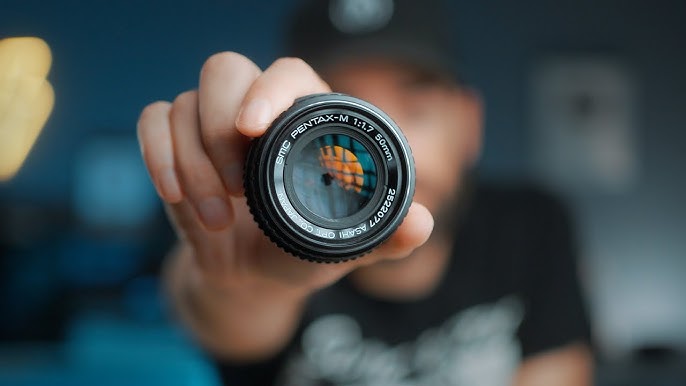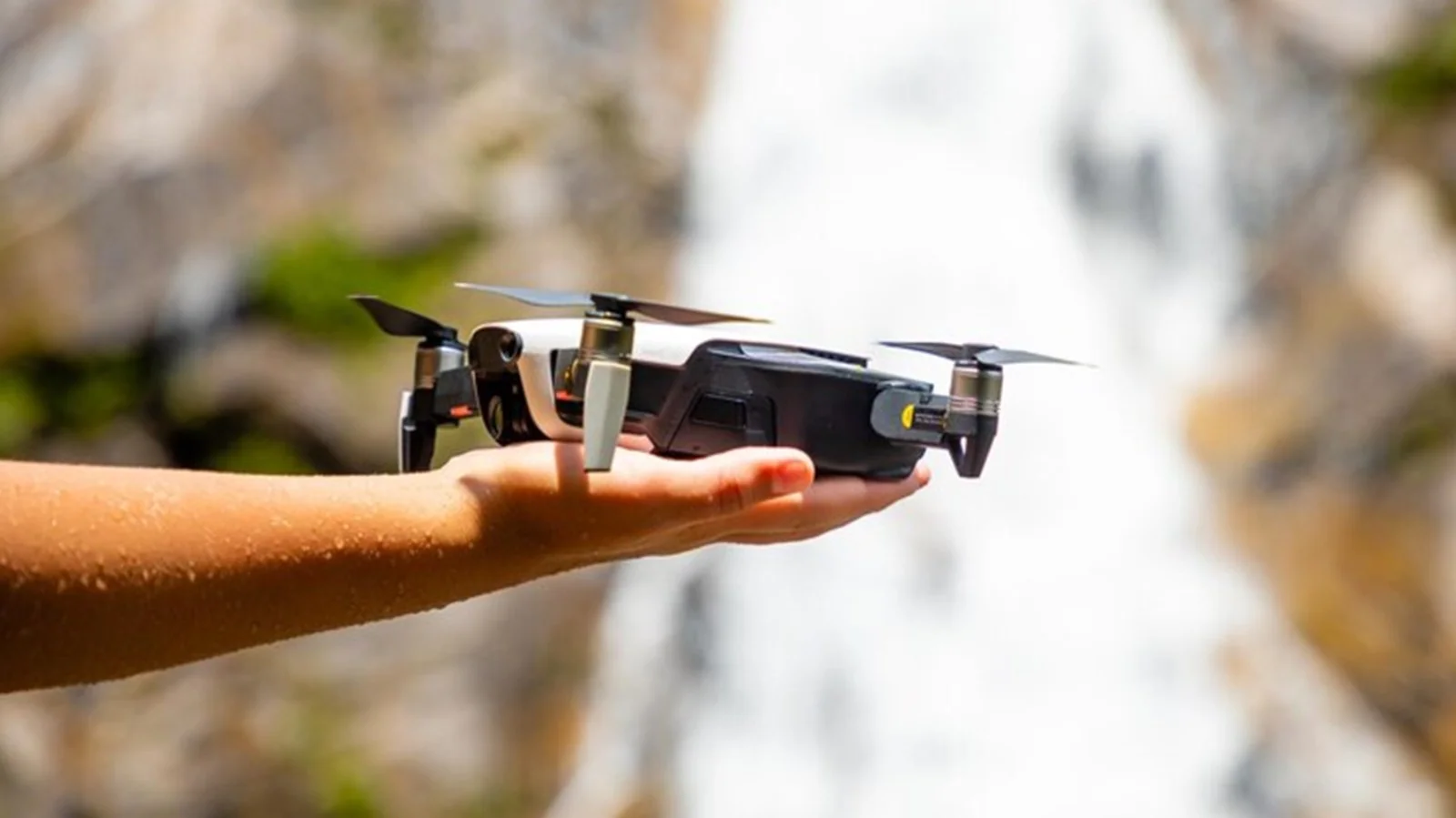The world of drone photography and videography has witnessed remarkable advancements in technology, and one of the standout innovations is gimbal stabilization.
A gimbal is a mechanical device that stabilizes a camera on a drone, ensuring smooth and shake-free footage.
In this article, we will delve into the importance of gimbal stabilization in drone cameras and how it revolutionizes aerial imaging.
The Significance of Gimbal Stabilization
Gimbal stabilization is a game-changer for drone cameras, offering several key benefits:
- Smooth Footage: The primary function of a gimbal is to counteract any vibrations or movements of the drone, resulting in incredibly stable footage. This is crucial for capturing professional-quality aerial images and videos.
- Improved Image Quality: Stable footage enhances image quality by reducing motion blur and ensuring that details remain sharp, even during high-speed flights or turbulent conditions.
- Cinematic Shots: Gimbal stabilization enables drone operators to capture cinematic shots with precision, including smooth pans, tilts, and tracking shots that were once only achievable with expensive equipment.
- Creative Freedom: Stable footage allows photographers and videographers to focus on their creative vision without the limitations of shaky imagery, opening up new possibilities for storytelling through aerial content.
Components of a Drone Gimbal
A drone gimbal consists of several essential components that work together to provide stabilization:
- Brushless Motors: These motors are responsible for adjusting the orientation of the camera in real-time to maintain stability. They are highly responsive and capable of making rapid adjustments.
- IMU (Inertial Measurement Unit): The IMU is a sensor that detects changes in the drone’s position and movement. It provides critical data to the gimbal, allowing it to make precise corrections.
- Camera Mount: The camera mount securely holds the camera and allows it to move independently within the gimbal’s framework. It is designed to minimize vibrations and maintain balance.
- Control Algorithms: Sophisticated control algorithms process data from the IMU and other sensors, determining how the gimbal should adjust to maintain stability.
Benefits of Gimbal Stabilization for Drone Operators
- Professional Quality: Gimbal stabilization elevates the quality of your aerial imagery, making it suitable for professional use in fields like filmmaking, real estate, inspection, and more.
- User-Friendly: Many consumer drones come with built-in gimbals that are easy to use, allowing even beginners to capture professional-grade footage.
- Safety: Stable footage contributes to safer drone operation by reducing the risk of crashes caused by sudden jerky movements or vibrations.
- Marketability: Whether you’re a professional drone operator or an enthusiast, the quality of your work is more marketable with stable footage, attracting clients and followers.
Conclusion
Gimbal stabilization is a transformative technology that has brought professional-grade aerial imagery within reach of drone enthusiasts and professionals alike.
With a gimbal-equipped drone, you can unlock a world of creative possibilities, capturing smooth and stable footage that tells compelling stories from the skies.
Whether you’re capturing breathtaking landscapes, surveying industrial sites, or creating cinematic masterpieces, gimbal stabilization is your key to mastering the art of drone photography and videography.









Leave a Reply